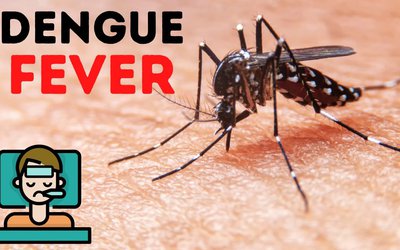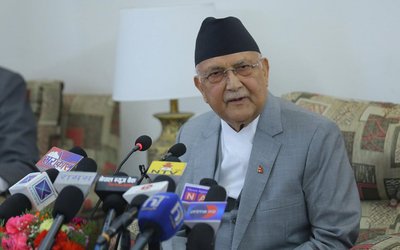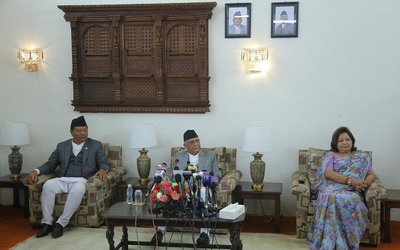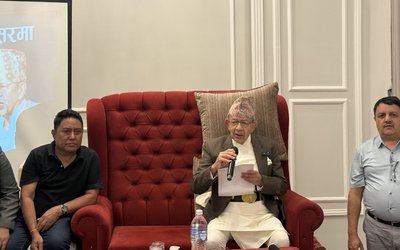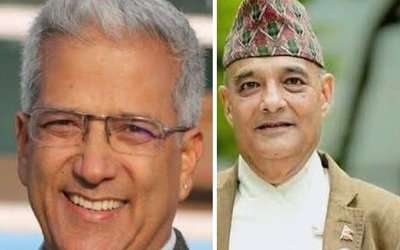Tuberculosis has been around for centuries. In Nepal before there was effective cure for TB with antimicrobial drugs, Ranas built sanatoriums with many pine trees in places like Tokha, north of Kathmandu above Budanilkantha. In these sanatoriums, patients, mostly Ranas would go to recuperate from the illness; but of course without proper drugs, the ambience of the place including the pine trees did little to cure the disease. Because of tremendous overcrowding and exclusively joint family arrangements in Nepal especially during the last century, TB spread like wildfire when someone in the household was affected by it. Because there was hardly any awareness of the disease, no one at that time stopped to consider the transmission of the disease via cough droplets. So no one did anything to stop the spread of the illness. But although TB without proper medicines was more deadly then, it has unfortunately continued to cause huge problems even to this day.
According to the World Health Organization ( WHO) there will be ten million new cases of tuberculosisthis year in the developing world. But the good news is that effective therapy will prevent the deaths of many of these patients. However, by the time the sick patients are diagnosed and treated, they will have infected many others in their community. Indeed, this failure of interruption continues to keep the global epidemic alive and well. So prompt diagnosis is very important in the treatment of tuberculosis to help fight the spread of the disease.
Unfortunately the techniques of diagnosis of TB are antiquated. The most widely used method to test the sputum( “khakar” in Nepali) for the tuberculosis bug is called the ZiehlNeelsen stain which is 125 years old. If this disease was still a major affliction in the Western world, to be sure there would have been new major breakthroughs in the diagnostic techniques, but basically tuberculosis is a poor man’s disease.
So it was welcome news when a few days ago the WHO endorsed the GeneXpertdevice, a rapid test for TB as “a major milestone for global tuberculosis diagnosis”.
Unlike the ZehilNeilsen technique, the GeneXpert does not need anyone to be an expert in making the sputum slide and look for the bug under the microscope. Amazingly this new molecular approach is more straightforward. After the patient spits into a cup, the sample is placed in a “espresso” machine which examines the sample’s DNA to see if it contains the genetic signature of tuberculosis. A simple, reliable “yes” or “no “ answer is available in two hours. Importantly in this time frame, the GeneXpert can determine if the bacteria is resistant to rifampicin, the most effective of the four drug cocktail prescribed for tuberculosis. This knowledge allows the doctor to know from the start if they are dealing with resistant bacteria and thus tailor therapy accordingly.
However the initial cost of about $ 30,000 for the machine and at least $ 20 for the tests are daunting rates for the developing world. Unskilled workers can carry this test out with minimal training, but electricity is required. From hospitals in Bihar to the well appointedHinduja Hospital in Mumbai,great satisfaction has been expressed about the usefulness and accuracy of the device. But the cost continues to be an important issue, regardless of the scientific enormity of the breakthrough.

Buddha Basnyat MD
Buddha Basnyat, MD, MSc, FACP, FRCP, Director of the Oxford University Clinical Research Unit-Patan Academy of Health Sciences, Kathmandu.
- Altitude Sickness
- Feb 20, 2018
- Post-earthquake Nepal: The Way Forward
- Dec 13, 2015
- The Annapurna Sanctuary
- Nov 29, 2015
- Diarrhea at the Summit
- Nov 08, 2015
- Altitude Sickness ( AMS, HAPE, HACE)
- Oct 15, 2015





